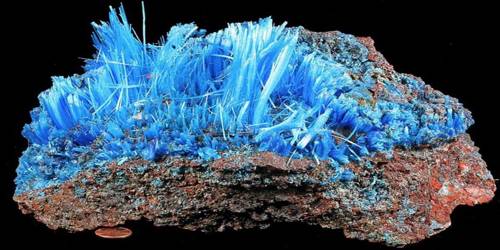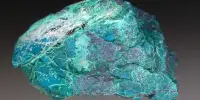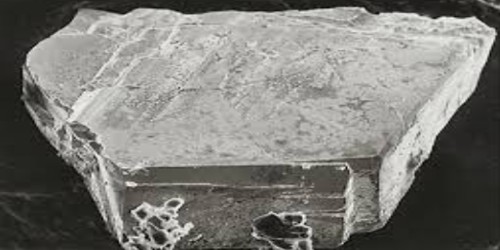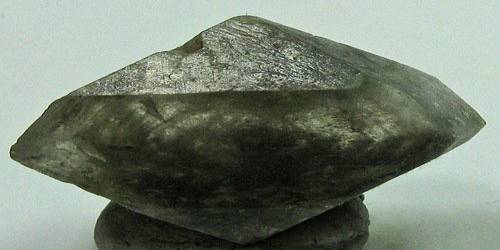Chalcanthite, whose name derives from the Greek, chalkos and anthos, meaning copper flower, is a richly colored blue/green water-soluble sulfate mineral CuSO4·5H2O. It is one of only a few water-soluble sulfate minerals. It was named after the Greek word ‘chalkos’, meaning copper, and ‘anthos’, meaning flower. It is commonly found in the late-stage oxidation zones of copper deposits. Due to its ready solubility, chalcanthite is more common in arid regions.
A natural Chalcanthite is very rare and hard to find because the majority of the Chalcanthite in the market is manufactured synthetically. Other names include blue stone, blue vitriol, and copper vitriol.
General Information
- Category: Sulfate minerals
- Formula: CuSO45H2O
- Crystal system: Triclinic
- Crystal class: Pinacoidal (1) (same H-M symbol)
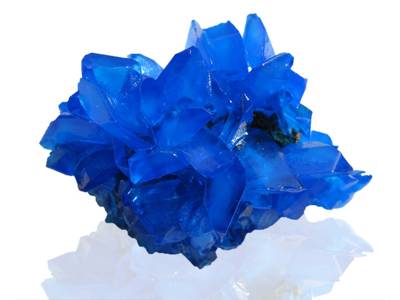
Properties
Chalcanthite can be identified in the field by its color variations, such as green, green-blue, light blue, and dark blue. This mineral has a vitreous luster, with the white streak. The fracture of this mineral is conchoidal. The density of chalcanthite is 2.12 – 2.3 g/cm3 with a hardness of 2.5 – approximate to a fingernail. It is non-fluorescent.
- Color: Berlin blue to sky-blue, greenish blue
- Crystal habit: Typically stalactitic, encrusted, reniform or massive. Natural crystals are rare but are short prismatic or tabular
- Twinning: Rare as cruciform twins
- Cleavage: Perfect on {110}; interrupted on {110}
- Fracture: Conchoidal
- Mohs scale hardness: 2.5
- Luster: Vitreous
- Streak: White
- Diaphaneity: Transparent to translucent
- Specific gravity: 2.12 – 2.3
Occurrence
Chalcanthite occurs in a secondary mineral in the oxidized portions of copper sulfide deposits, commonly of post-mining formation and, rarely, as a fumarolic deposit. It is often associated with minerals such as melanterite, fibroferrite, rhomboclase, epsomite, morenosite, goslarite, pickeringite, brochantite, gypsum, and retgersite.
Uses
There are many chemical uses for copper sulfate solutions. Copper sulfate solutions and crystals are a staple in well-stocked chemistry labs.
As chalcanthite is a copper mineral, it can be used as an ore of copper. However, its ready solubility in water means that it tends to crystallize, dissolve, and recrystallize as crusts over any mine surface in more humid regions. Therefore, chalcanthite is only found in the aridest regions in sufficiently large quantities for use as an ore.
Information Source:
